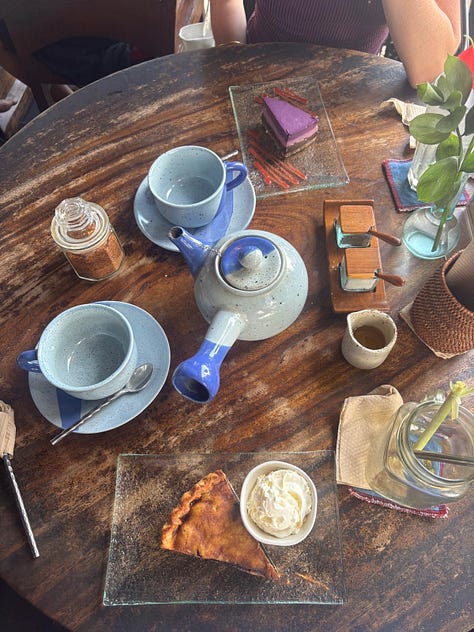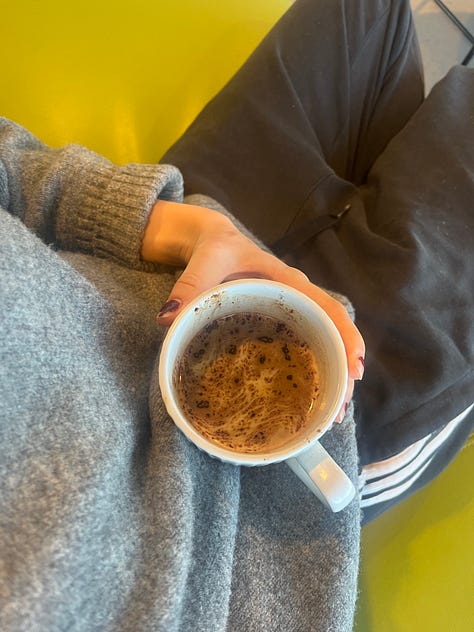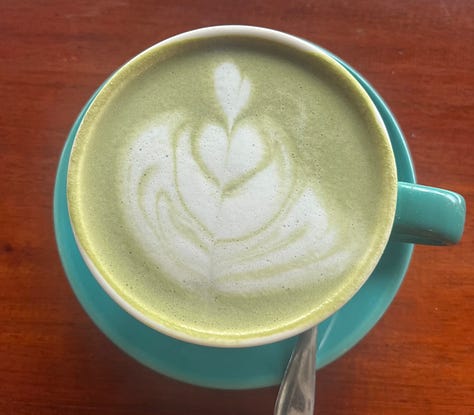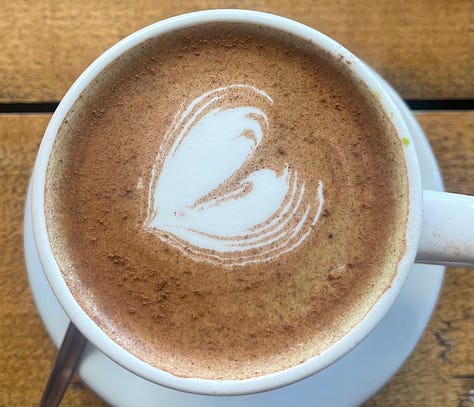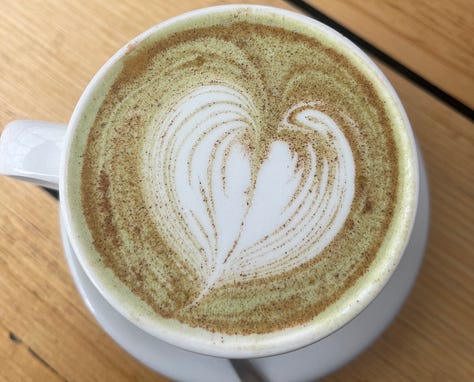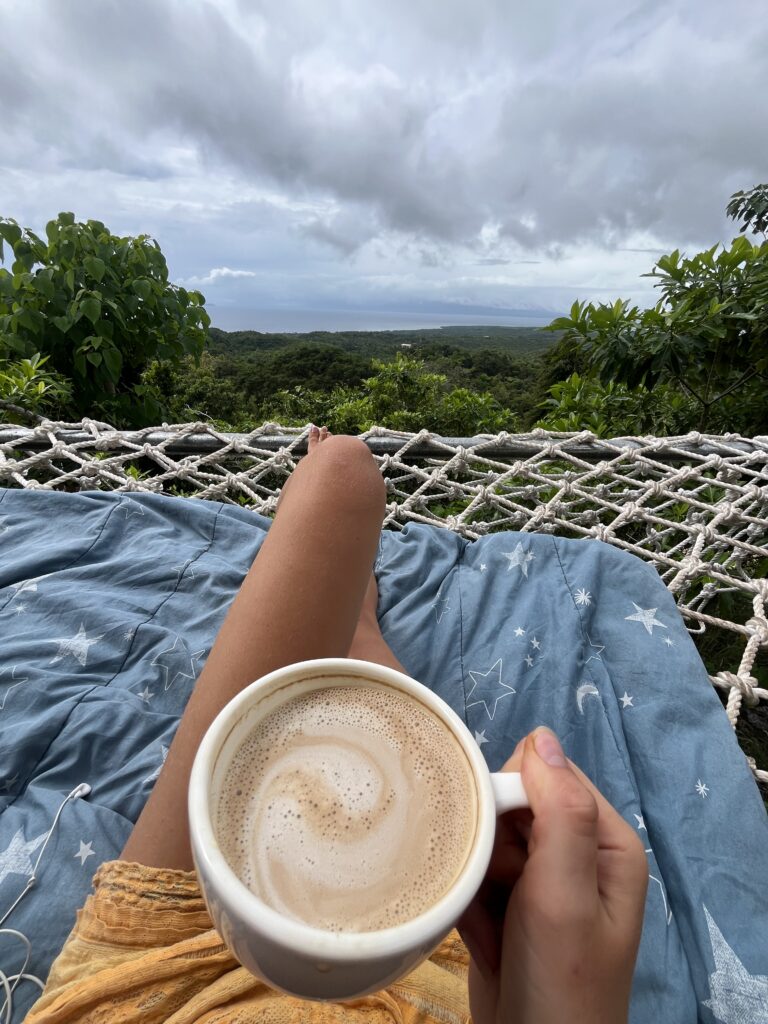The Ritual of Hot Drinks Around the World & How Holding a Warm Drink Mimics the Comfort of Friendship
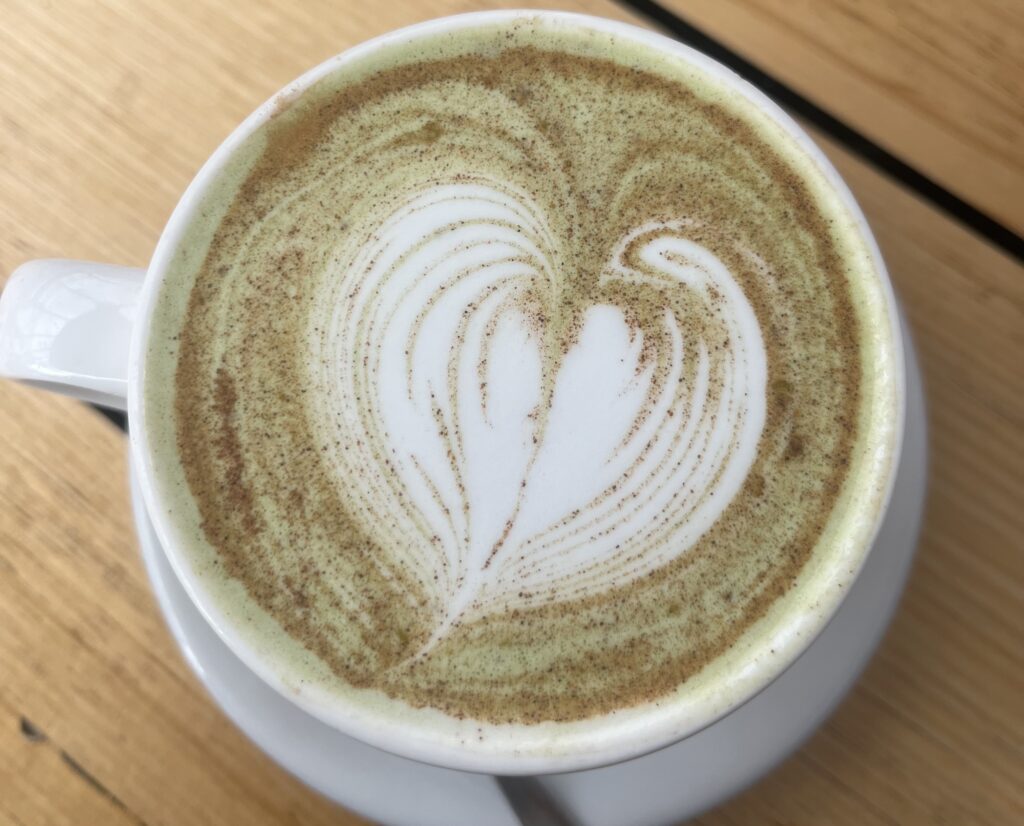
There are few things in life that bring me more comfort than a hot drink.A well-steeped cup of tea, a vibrant matcha, or a cinnamon-dusted coffee. They bookend my days, soften my mornings, anchor my afternoons. A day without some form of warmth in a mug feels like something’s missing.
The other week, sitting with a mug in hand, I found myself doing what I often do as a social anthropology student: overthinking the ordinary. I started wondering why something as simple as boiling water and pouring it into a cup feels so comforting. Why does this one ritual, shared across continents and cultures, bring such steady joy?
Tea, of course, is deeply woven into British culture. But beyond the national quirks, there’s something universal happening here. Something about warmth, about slowness, about ritual.
So I followed the thread.
This feeling of comfort isn’t just emotional it’s deeply rooted in our biology. Research shows that enjoying a hot drink can have the same calming effect on us as spending time with close friends.
The Science of Warmth and Connection
Psychologists call this social thermoregulation. The idea is simple but profound: physical warmth can stand in for emotional closeness. A cup of tea in your hands can mimic the presence of a friend. It makes you feel less alone and science backs this up.
Our brains are wired to associate warmth with safety and trust. The same region of the brain, the insula, processes both temperature and social closeness. When you’re physically warm, your brain translates that sensation as a kind of social comfort. Even if no one else is in the room.
It’s not a stretch to say that holding something warm might actually reduce loneliness. In one study, researchers found that on colder days, people reported a stronger desire for social contact. But those who were physically warmed with a heated wrap didn’t feel that same yearning. The heat had quietly stood in for human connection.
Our First Experience of Trust
This link between warmth and emotional closeness goes all the way back to infancy. Psychologist John Bargh points out that breastfeeding doesn’t just nourish it warms. That early experience of being held, fed, and kept warm builds our foundational sense of trust.
Warmth and trust become almost interchangeable in our language. We call people “cold” when they’re emotionally distant. We speak of someone having a “warm heart.” We throw housewarming parties, not because the house is cold, but because we want to invite others into emotional closeness.
These aren’t just metaphors. They reflect a literal, embodied link between our physical and emotional realities.
Physical warmth is emotional warmth
We see this connection play out in our behaviour, often without realising it. When people feel lonely, they tend to take longer, hotter baths and showers. In colder climates, people show higher levels of social integration possibly because they’ve learned, culturally or biologically, to seek warmth together.
This is one reason winter can feel lonelier and why we instinctively reach for hot drinks, blankets, candles, or baths. We are trying, often without words, to comfort ourselves. To recreate, in some small way, the primal warmth of being held.
Next time you feel scattered or a little hollow, wrap your hands around a warm mug. Let the heat fill you, and notice what softens. It’s more than a habit. It’s a ritual of return back to your body. We’re wired for connection. But in the absence of it, warmth can help stand in. While it doesn’t solve everything very little in life can’t be made a little more bearable with your hands wrapped around something warm.
A Biological Pause Button
On a physical level, drinking something warm prompts vasodilation. Your blood vessels expand, circulation improves, and your body begins to relax. Muscles release tension. Organs work more efficiently. Digestion is supported. The “ahhh” feeling after the first sip? That’s your nervous system chilling out. Hot drinks, in essence, invite your body to exhale.
The Built-In Slowness. You can’t chug a cup of tea. The heat demands patience. You sip, not gulp. You wait for the kettle. You pause for the steam to rise. And without even realising it, you’ve carved out a few moments of intentional presence.
Over time, hot drinks become more than physical remedies. They become rituals small, anchors in your day that offer structure and grounding. Morning coffee before the day begins. Tea shared with a friend. A mid-afternoon reset.
Making a hot drink asks for presence: waiting for the water to boil, preparing the mug, holding it in your hands. The act itself becomes soothing. A small routine you can rely on when everything else feels uncertain.
Cultural Rituals: Shared Warmth Across the World
When you look around the world, you’ll see this warmth ritualised in countless ways.
In Japan, sadō (茶道), the traditional tea ceremony, transforms the simple act of making matcha into an art of attention. Every movement the positioning of tools, the sound of water, the precise whisking of tea is a meditation. The aim is not just to serve tea, but to create a shared moment of calm and mutual presence between host and guest.
In Bali, I once sat in a cacao ceremony, a ritual rooted in Mesoamerican and South American tradition. Cacao which is now a superfood, pre-Columbian civilisations thought it was a divine gift with heart opening properties. Before sipping, we held it to our hearts, blessed it, and drank in a circle. It was a collective act of heart opening and fostering community.
In the UK, a cuppa is offered almost reflexively. It may be informal, but the impulse is the same: to soothe, to settle, to say, “You’re welcome here.” In Turkey, Russia, and across North Africa, tea flows through daily life, acting as a quiet thread that binds people together no occasion necessary.
And then there’s the Tuareg tea ceremony: three rounds of mint tea, shared slowly. Each cup symbolises something deeper “bitter as life, strong as love, sweet as death.” Hospitality here isn’t fast or functional. It’s poetic. It reminds us: time taken together is never wasted.
Ritualising the Everyday
There’s a deeper beauty in making a ritual out of the mundane. Or maybe, over time, the ritual becomes so habitual it’s forgotten, its meaning dulled by repetition.
But meaning can be reawakened.
Every time you put the kettle on, you have a chance to make something sacred out of the ordinary. A moment to return to your body. A moment to reconnect with yourself or with someone else. You don’t need ceremony robes or a sacred circle. A chipped mug will do. A little bit of attention is all it takes.
Ask yourself: what does your tea ritual look like? Maybe it’s how you begin the morning, or how you anchor the late afternoon. Maybe it’s the thing you offer to a guest when you’re not sure what to say.
What intention lives behind that routine? What meaning might be waiting to be remembered?
Try this: Make yourself a hot drink and approach it like it’s the first time. Feel the warmth in your hands. Breathe in the scent. Taste it slowly. Let your awareness stretch out into the moment. That warmth you feel spreading through your chest?
Presence also activates the insula. When we are fully engaged enough to actually be where we are this part of the brain lights up. This is Mindfulness, at its core, not silencing or emptying the mind but returning to the body, to sensation, to the moment.
My Fave Cups
- Chai anything ! Chai Tea, Chai latte, Dirty chai with a shot of coffee
- Cinnamon sprinkled on top of a coffee adds such a cosy touch. Feels like autumn all year round.
- Jasmine green tea is heavenly and great for you
- Lemon and ginger tea for the am – metabolism and digestion
- Coconut milk in coffee is criminally underrated and delicousssssss
